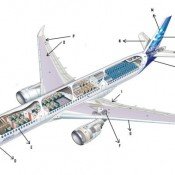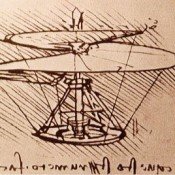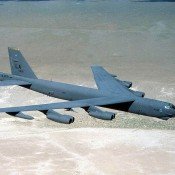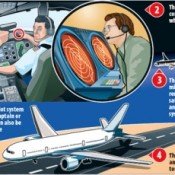Crew Resource Management (CRM)

[audio:http://aviationenglishblog.com/wp-content/uploads/2010/08/15crm.mp3|titles=CRM]TOPIC: Crew Resource Management (CRM)
Exercise #1: Read about CRM and then proceed to Exercise #2
Crew Resource Management (CRM) training originated from a NASA workshop in 1979 that focused on improving air safety. The NASA research presented at this meeting found that the primary cause of the majority of aviation accidents was human error, and that the main problems were failures of interpersonal communication, leadership, and decision making in the cockpit. Originally, this concept was called Cockpit Resource Management because issues and communication among pilots was the core focus. However, over time, the name was changed to Crew Resource Management after the aviation industry realized that safety lies with everyone that is involved with flight.
























